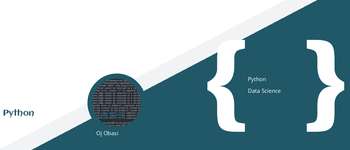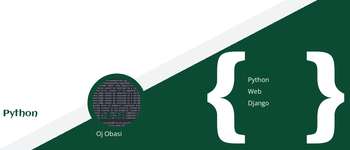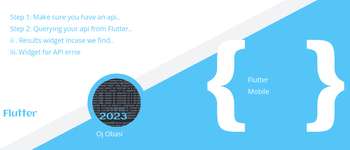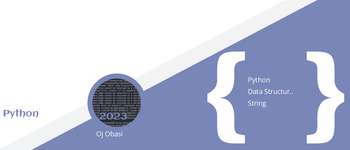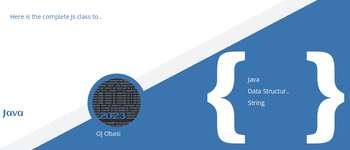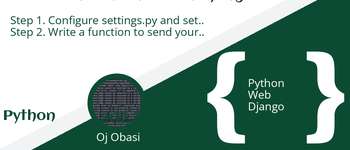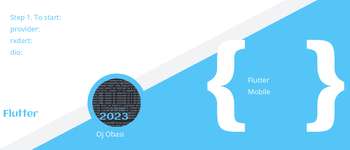Software Engineering College Level Quiz Question Sets 4
Question 1
The input-oriented processes are called Efferent flows. Efferent means bringing inward to a central part. Efferent processes read data and prepare it for processing. The output oriented processes are called Afferent flows, where Afferent means moving away from the central part. Afferent processes write, display, and print data.
Select one:
- True
- False
The correct answer is 'False'.
Question 2
An Event diagram depicts all objects and their processes in the application, including both service and problem domain objects.
Select one:
- True
- False
The correct answer is 'False'.
Question 3
The following question is not complete, can you send me the entire question? After the development of booch diagrams, the next step is to develop a __ that shows the distribution of functionality and equipment for the application being developed. It depicts processors, for example, computers, and devices, that is, limited-intelligence equipment such as a disk drive.
Select one:
- a. State Diagram
- b. Process Diagram
- c. Object Diagram
- d. None of the above.
The correct answer is: Process Diagram
Question 4
Refer to the diagrams and state whether the statement given below is true or false.
Fig 1 represent raw DFD and Fig 2 represent decomposed DFD
 Select one:
Select one:
- True
- False
The correct answer is 'True'.
Question 5 Correct Mark 1.00 out of 1.00 Flag question Question text
___ management is the identification, organization, and control of modifications to software built by a programming team.
Select one:
- a. Change
- b. Project
- c. Configuration
- d. Software
The correct answer is: Configuration
Question 6
Delta version and variation management are the principle techniques of configuration management
Select one:
- True
- False
The correct answer is 'True'.
Question 7
A ___ depicts specific transformations and outputs as effects and identifies the input data causing those effects
Select one:
- a. Boundary value analysis
- b. Cause-effect graph
- c. Bottom up testing
- d. Top down testing
The correct answer is: Cause-effect graph
Question 8
______ is the extent to which programs can be coded to intercept and handle program errors without abending a program.
Select one:
- a. Modularization
- b. Inheritance
- c. Exception handling
- d. Polymorphism
The correct answer is: Exception handling
Question 9
Bottom -up testing frequently requires extra code, known as scaffolding, to support the stubs, partial modules, and other pieces of the application.
Select one:
- True
- False
The correct answer is 'False'.
Question 10
___ is the redevelopment of a portion of an application with a bridge to the old application.
Select one:
- a. Reengineering
- b. Reverse engineering
- c. Restructuring
- d. Rebuilding
The correct answer is: Restructuring
Question 11
A ___ is a list that identifies the specific versions of multiple modules that were linked to create a load module or joint memory resident work unit.
Select one:
- a. Module
- b. Link
- c. Code
- d. Derivation
The correct answer is: Derivation
Question 12
There are four types of requirements: technical, managerial, ______, and company.
Select one:
- a. General
- b. Financial
- c. System
- d. None of the above
The correct answer is: Financial
Question 13
The second step of OOD is the development of ___ for all processes and all objects.
Select one:
- a. Time Event Diagrams
- b. Booch diagrams
- c. Process Diagrams
- d. None of the above
The correct answer is: Time Event Diagrams
Question 14
Integration tests verify that the functional specifications are met, that the human interface operates as desired, and that the application works in the intended operational environment, within its constraints.
Select one:
- True
- False
The correct answer is 'False'.
Question 15
A code analyzer can range from simple to complex. In general, __ evaluate the syntax and executability of code without ever executing the code. They cross-reference all references to a line of code.
Select one:
- a. Dynamic code analyser
- b. Coverage analyser
- c. Tuning analyser
- d. Static code analyser
The correct answer is: Static code analyser




